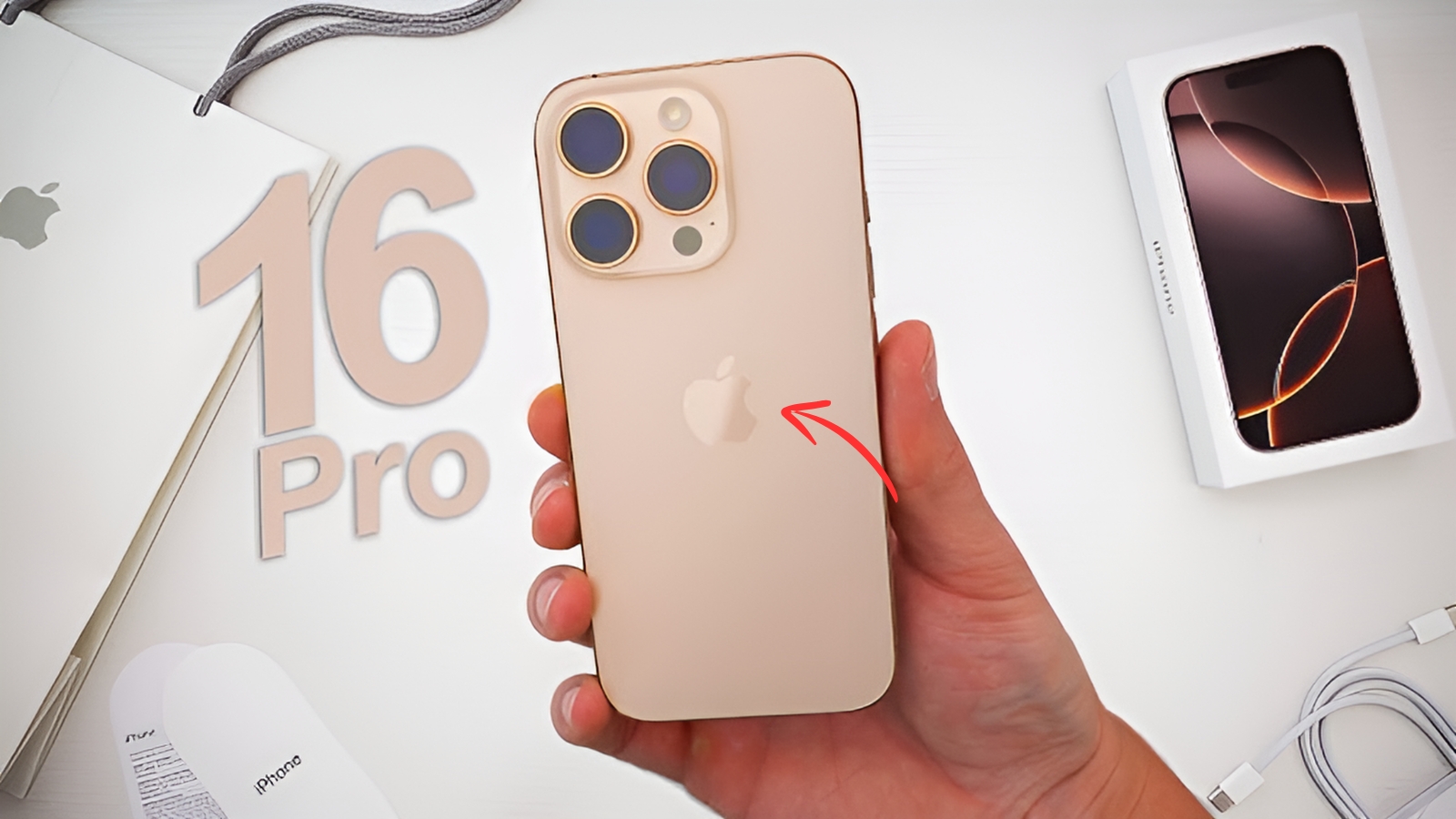iPhone 16 Pro : Remember when Apple convinced everyone to shell out a grand for their “first iPhone built for Apple Intelligence,” then basically said “just kidding, you’ll get those features later”? Yeah, that happened. Six months into owning an iPhone 16 Pro, I’m still trying to figure out if I bought a revolutionary AI device or just another expensive iPhone with better battery life.
The Great AI Bait-and-Switch That Nobody Talks About
Here’s what really ticked me off about the iPhone 16 Pro launch. Apple spent months—MONTHS—hammering home this idea that you absolutely needed their new phone because it was designed from the ground up for Apple Intelligence. Every commercial, every keynote slide, every press release screamed about revolutionary AI features that would transform your daily life.
Then you actually buy the thing and… nothing. The AI features weren’t just incomplete—they were completely absent. Apple Intelligence didn’t even show up until October, and when it did, you had to join a freaking waitlist like you were trying to get into an exclusive restaurant.
I’ve never experienced anything quite like buying a flagship device because of a feature that literally didn’t exist yet. Imagine if BMW sold you a car advertising advanced autopilot, then told you to check back in three months. That’s essentially what Apple pulled with the iPhone 16 Pro, except tech journalists somehow gave them a pass.
The most frustrating part? Even when Apple Intelligence finally arrived, it wasn’t the game-changer Apple promised. Notification summaries are nice, writing tools work fine, but revolutionary? Please.

Camera Control: The Button That Shouldn’t Work But Somehow Does
I’ll admit it—when Apple announced Camera Control, my first thought was “great, another unnecessary button for something my phone already does perfectly well.” The last thing anyone needed was more complexity in smartphone photography, right?
Turns out I was completely wrong. Camera Control is genuinely useful in ways that surprised me. The pressure-sensitive feedback feels natural, and once you learn the gestures, adjusting exposure or switching lenses becomes intuitive rather than annoying.
The button’s placement drives me crazy for portrait photos though. Whoever designed this clearly shoots everything in landscape mode, because using it for Instagram stories feels awkward as hell. But for actual photography—you know, the kind where you care about focus and exposure—Camera Control delivers that tactile satisfaction touchscreens never quite manage.
Apple took until January to add proper focus lock functionality, which should have been there from day one. But when they finally got it right, Camera Control transformed from a gimmick into something I actually use daily.
Screen Real Estate: Bigger Numbers, Familiar Experience
The jump from 6.1 to 6.3 inches sounds modest on paper, but it’s noticeable in practice. Apple achieved this primarily by shrinking bezels to practically nothing, creating what they claim are the thinnest borders of any Apple product ever.
The result genuinely impresses. The display feels significantly more spacious without making the phone unwieldy in your pocket. Colors, brightness, and outdoor visibility meet expectations for a premium 2024 display, which means excellent but not groundbreaking.
Here’s the thing about iPhone displays though—they’ve been excellent for so long that improvements feel incremental rather than exciting. The iPhone 16 Pro’s screen is beautiful because iPhone screens have been beautiful for years. At some point, “better than already great” stops being a compelling selling point.
Apple Intelligence: The AI That Whispers Instead of Shouts
When Apple Intelligence finally showed up, it integrated so quietly into iOS that you might miss it entirely. Unlike other AI assistants that constantly demand attention, Apple’s approach feels deliberately understated.
Notification summaries actually help manage information overload without being pushy about it. Writing tools provide useful proofreading and tone adjustment without trying to rewrite everything you type. The privacy-focused approach addresses legitimate concerns about AI data collection.
But here’s what bugs me—Apple marketed this as transformative technology when it’s really just incremental improvement. The features work as advertised without fundamentally changing how I use my phone. That’s fine, but it’s not the revolution Apple promised when they were asking for my money.
Performance Reality: Fast Phone Gets Slightly Faster
The A18 Pro delivers predictably excellent performance across everything I throw at it. Games run smoothly, apps launch instantly, and the improved thermal design prevents the overheating issues that plagued earlier Pro models.
Battery life represents the most tangible improvement over the iPhone 15 Pro. I routinely end days with 30-40% charge remaining, even with heavy usage. For a phone with a large, high-refresh display, that’s genuinely impressive.
Charging speeds remain frustratingly conservative though. 25W wired charging feels ancient when Android phones offer 65W+ speeds. Apple’s excuses about battery longevity ring hollow when I just want my expensive phone to charge quickly.
Oneplus 14 launch with advance tec features – processor is high
The Titanium Truth: Premium Materials, Predictable Design
The Grade 5 titanium construction with microblasted texture feels appropriately premium while reducing weight compared to stainless steel. The new Desert Titanium color adds visual interest to an otherwise familiar design.
Durability exceeds expectations—this phone handles daily abuse without complaint. The titanium frame resists scratches better than previous materials, maintaining its appearance over months of use.
iPhone 16 Pro Bottom Line: Good Phone, Terrible Timing
The iPhone 16 Pro is ultimately a very good smartphone that suffered from Apple’s overpromising and underdelivering on timing. The hardware delivers on traditional Apple strengths while adding genuinely useful features like Camera Control.
Apple Intelligence, when it finally arrived, proved competent without being revolutionary. It’s useful enough to exist without being compelling enough to justify upgrade decisions.
The real lesson here? Don’t buy promises. Buy products that work today, not features that might arrive tomorrow.